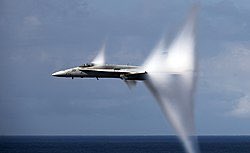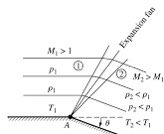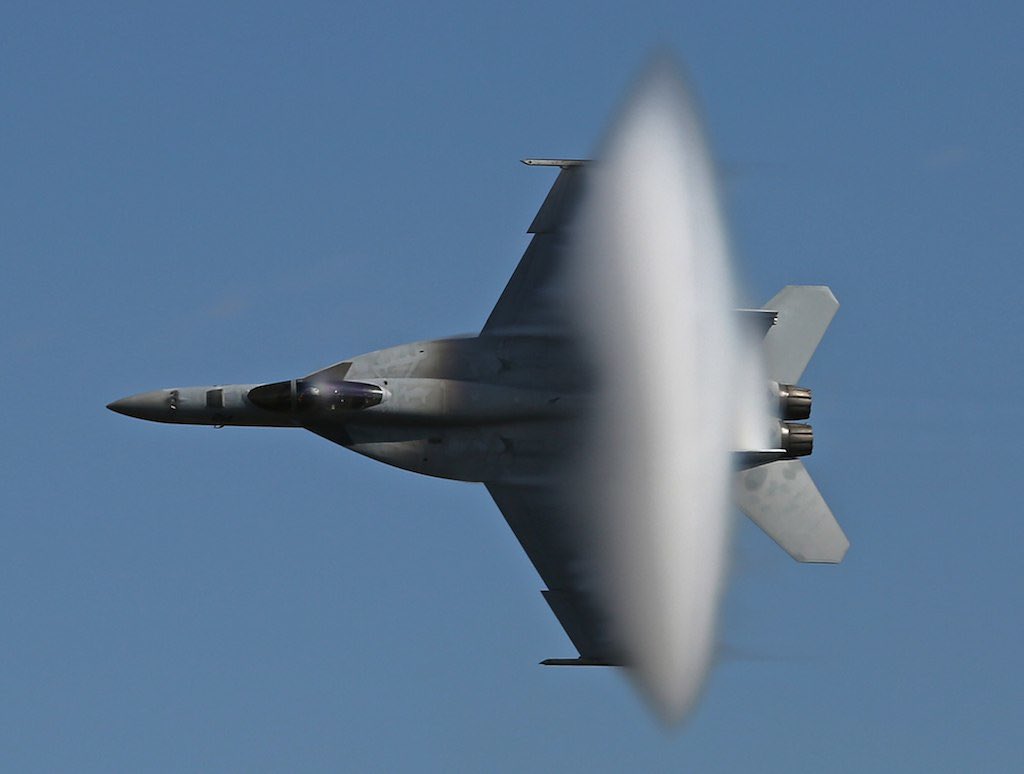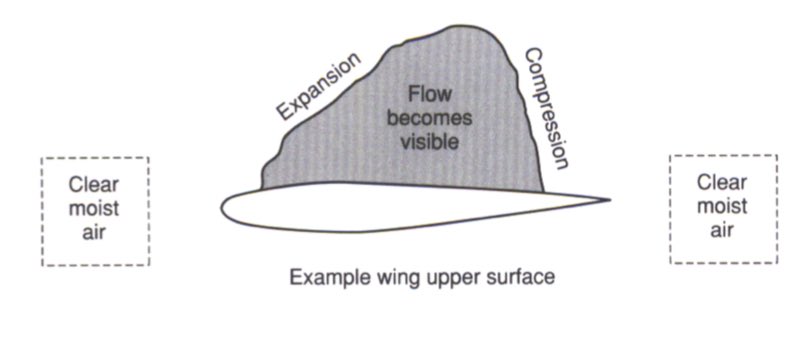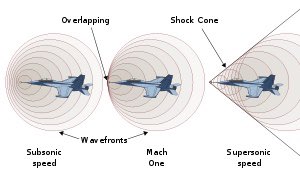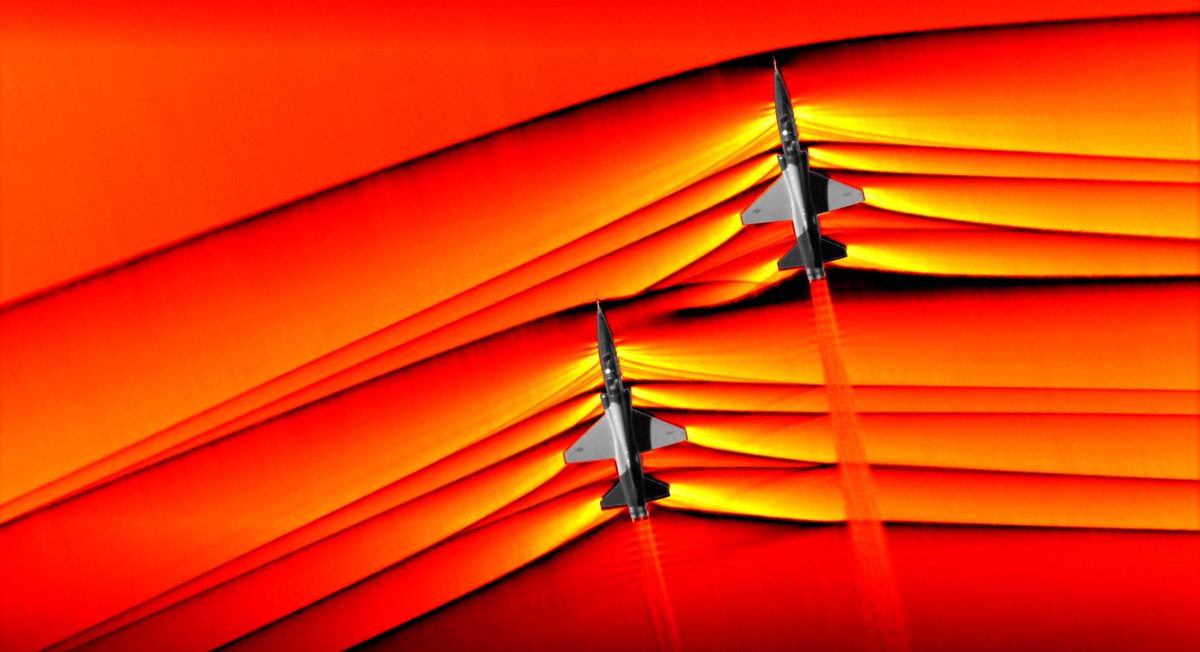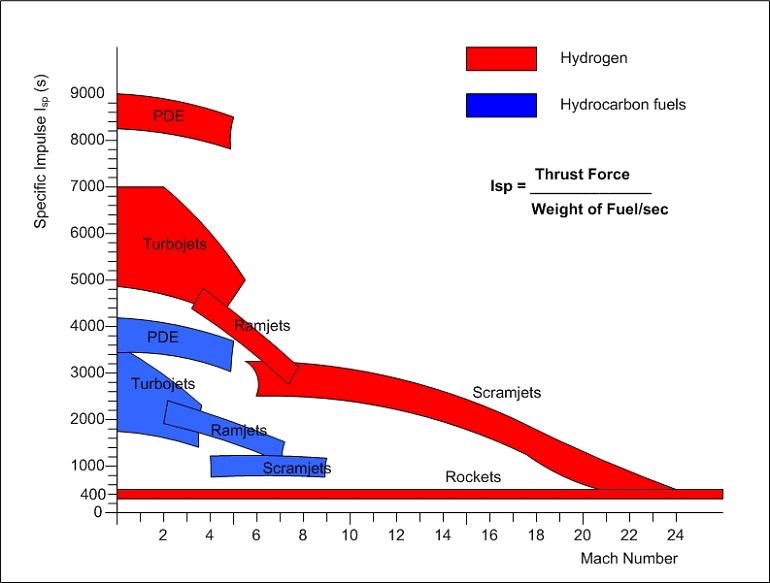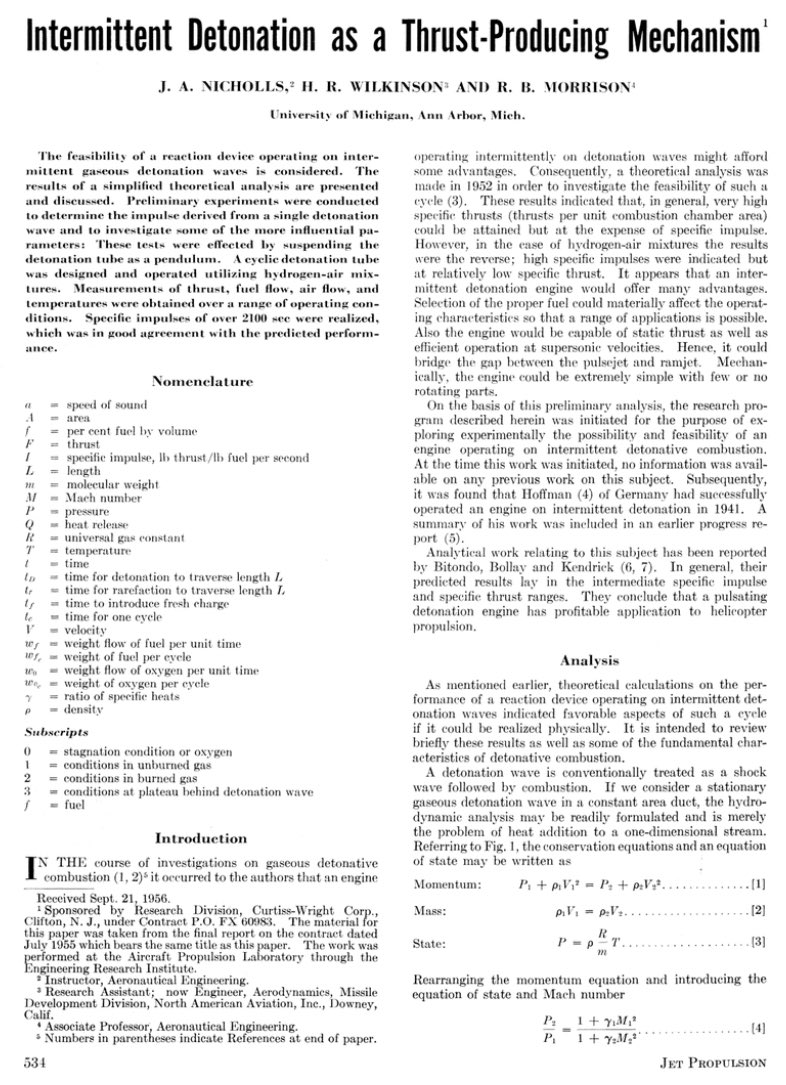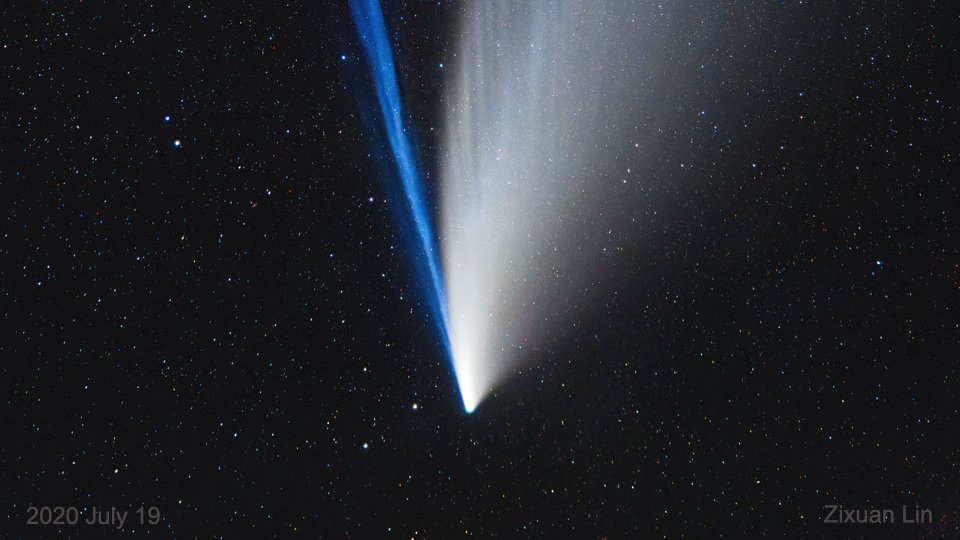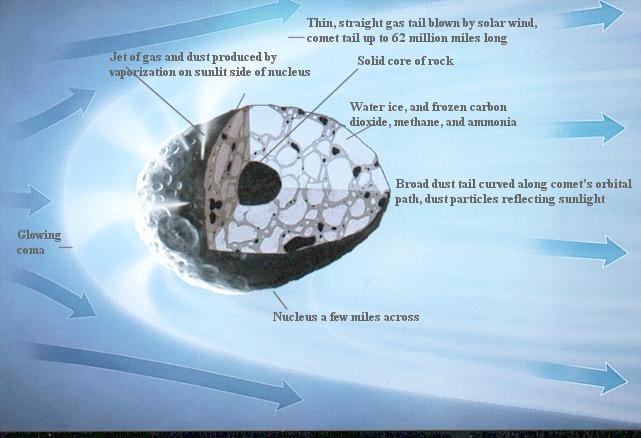Okay folks, it’s been long enough. Time to finally address the biggest point of confusion on #AvGeek twitter: what exactly is going on with vapor cones?
Let’s just say much of what you’ve read is (probably) wrong. Wonder no more: a thread... 1/n
...should I suggest some edits after this?
en.wikipedia.org/wiki/Prandtl%E…
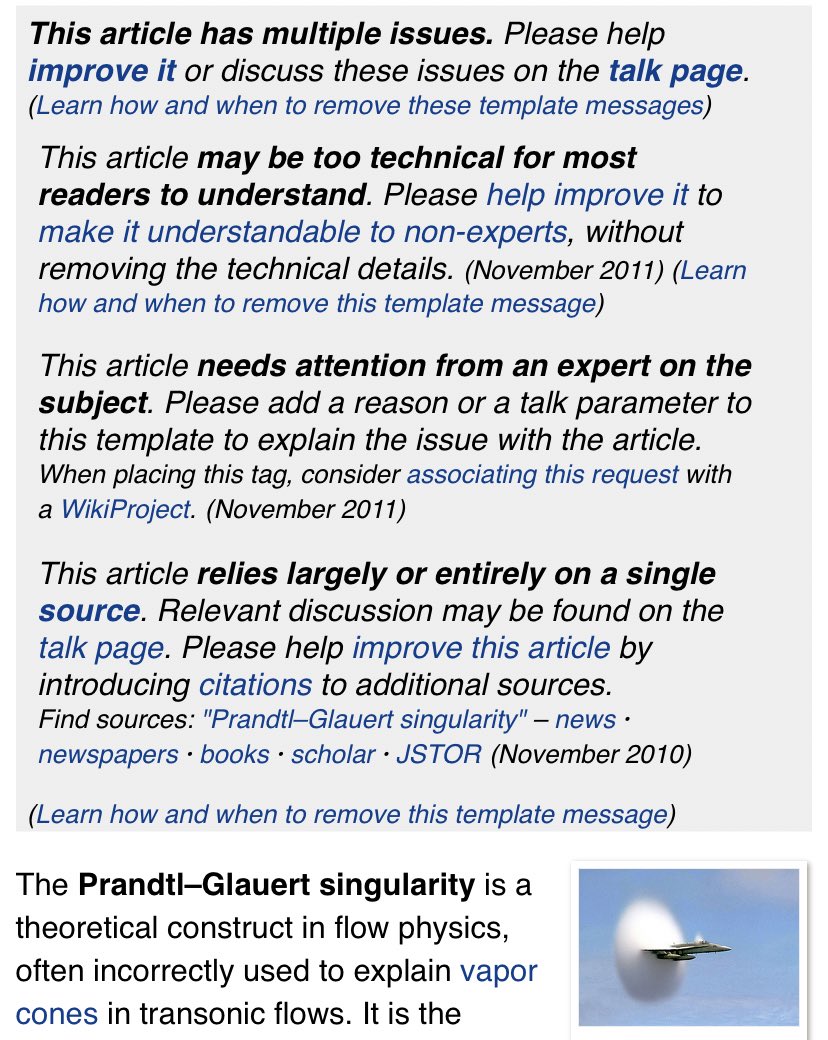
ntrs.nasa.gov/citations/1995…

📷 learntoflyblog.com/2018/05/21/aer…
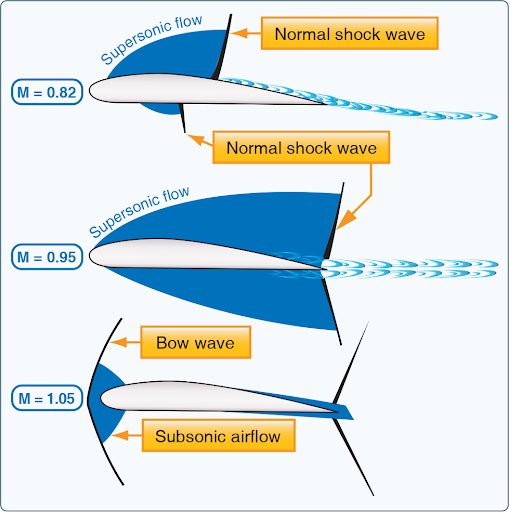
📷 ownyourweather.com/what-is-dew-po…
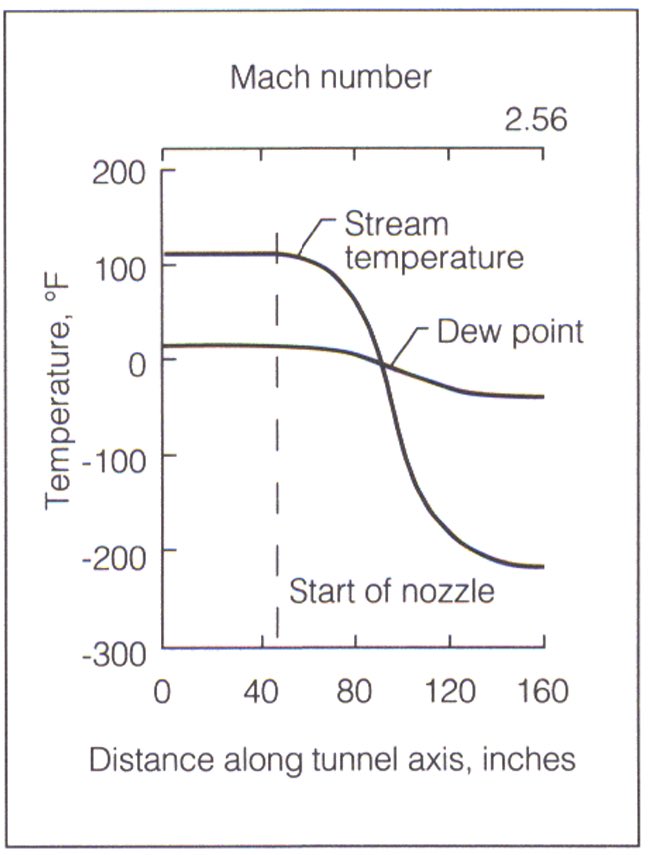
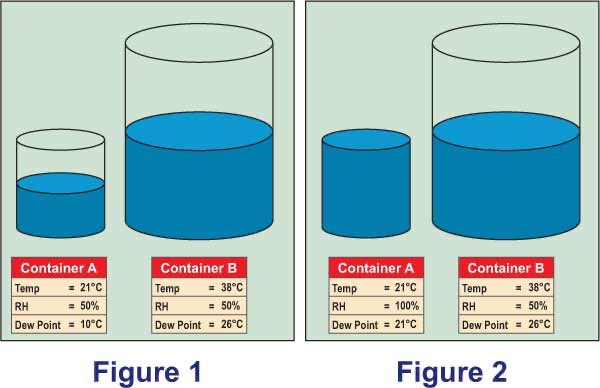
📷 weathergamut.com/2011/10/24/spe…

-Sonic boom
-Shock wave
-Sound barrier
-Portal to another dimension
& not related to the Prandtl-Glauert singularity & might not even be @ supersonic speed!
Getting ready for the replies like...
(but in all seriousness I love your questions so keep them coming)


